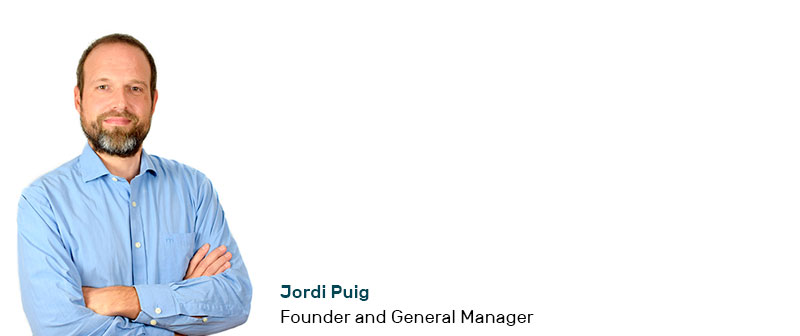What is the future of ESPs in the face of the emergence of Customer Data Platforms (CDP)?


In the history of Email Service Providers (ESP) There have been two major turning points that marked a significant advance in its functionalities. The first came with personalisation, segmentation and the ability to work with dynamic content. These advances allowed marketers to tailor content and offers to different audiences, leading to a better user experience and improved results (measured in engagement and conversions).
In a second phase, around 2000, the ESPs began to introduce functionalities that allowed to automate shipments according to user behaviour on the website and e-commerce (drawing journeys and creating trigger emails). In addition, we started to see how some providers transformed the classic ESP into a platform open to other channels such as SMS, Mobile Push and in some cases also to the web (pop ups, site personalisation, recommendations, etc.). In parallel to these developments the category of "Marketing Automation" has emerged strongly. in the industry. It is an evolution led by companies that saw an opportunity to improve marketing and sales processes in B2B environments. Tactics such as lead nurturing, lead scoring, the creation of personalised landing pages and strategies such as inbound marketing are part of this universe.
Despite the advances in ESPs (some of which are integrated into different Marketing Clouds) and the increase in capabilities aimed at more personalised content marketing and automated management, marketers are slow to adopt these advances. This is not surprising, the mass adoption of new technologies in business takes time.
The Customer Data Platform (CDP)
More recently, the MarTech industry has seen the emergence of a new category, the so-called CDP (Customer Data Platforms).
Briefly, PDCs are a type of database software in which unified customer and user records (first party data) are created. A PDC creates a complete picture of users on an individual level. This 360° view can be used by integrated marketing automation tools to execute campaigns and analyse results.
We believe that in the future it is very likely that the current prominence of the ESP/Marketing Cloud as the centre of marketing campaign management will tend to take a back seat to complement PDCs.
However, as mentioned above, ESPs have evolved significantly since their inception, have the limitation of not allowing a single view of the customer (nor were they created for this purpose). To achieve this 360° view of the user, you have to have a central location that is fed by different data sources. This is essentially a CDP.
The main characteristics of a PDC that differentiate it from an ESP are:
- Unified customer data: the CDP stores all customer data in a centralised location (web visits, amounts, transactions, SKUs, session duration, SAT interactions, etc.).
- Cross-device tracking: takes into account customer data at each interaction and is able to identify the user when interacting from different devices (tablet, personal computer, work computer, App).
- Real-time capabilities: The CDP has the ability to incorporate real-time data, e.g. clickstream on the website or behaviour on the App.
- Data segmentation and activation: The CDP enables data to be segmented and profiled for activation in campaigns such as email marketing.

The major marketing clouds (Oracle, Salesforce and Adobe) are actively developing CDPs to be available in their ecosystems. On the other hand, many independent marketing platforms with functionality that overlaps with CDPs are in the process of rebranding themselves into the orbit of this new category.
Aspects such as functional organisation, leadership, or the difficulties of managing the digital ecosystem and the need for talent to carry it out, are the main hurdles that companies committed to adopting a customer-centric omnichannel strategy will have to overcome.
At Digital Response we are fortunate to work with companies committed to providing the best possible user experience. In fact, we are involved in some major projects that give us an insider's view of how companies and technology providers are approaching this paradigm shift.
As an example, we have recently supported a client in the choosing an Email and Marketing Automation provider. The meetings with the various vendors, who were invited to the competition and which combined presentations, demos and interviews, were a unique opportunity to see where the industry is heading in relation to the needs of brands. We believe that in the future it is very likely that the current prominence of the ESP/Marketing Cloud at the centre of marketing campaign management will tend to take a back seat to complement CDP-based decision making.
The COP will become the control centre from which to orchestrate marketing across channels (email, web, e-commerce, display). However, we are aware that this movement will not be possible without structural and cultural changes in the company. Aspects such as functional organisation, leadership, or the difficulties of managing the digital ecosystem and the need for talent to carry it out, are the main hurdles that companies committed to adopting a customer-centric omnichannel strategy will have to overcome.
